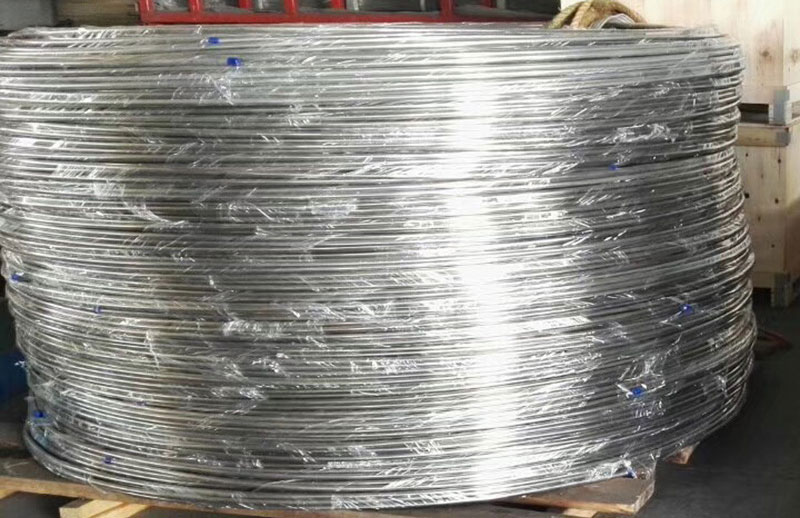The production process of hot-rolled seamless steel pipes includes billet preparation before rolling, pipe billet heating, piercing, rolling, sizing and reduction, steel pipe cooling, steel pipe cutting head and tail, segmentation, straightening, flaw detection, manual inspection, spray marking and printing , Bundle packaging and other basic processes. Nowadays, there are generally three main deformation processes in the production of hot-rolled seamless steel pipes: piercing, pipe rolling, and sizing and reducing. The respective process objectives and requirements are as follows.

1. perforation
Perforation is to pierce a solid tube into a hollow capillary. The equipment is called a piercing machine: The requirements for the piercing process are:
(1) Ensure that the wall thickness of the capillary that passes through is uniform, the ovality is small, and the geometrical size accuracy is high;
(2) The inner and outer surfaces of the capillary tube are relatively smooth, and there must be no defects such as scarring, folding, cracking, etc.;
(3) There must be corresponding piercing speed and rolling cycle to adapt to the production rhythm of the whole unit, so that the final rolling temperature of the capillary tube can meet the requirements of the tube rolling mill.
2. Rolled tube
The rolled tube is to press the perforated thick-walled capillary tube into a thin-walled waste tube to achieve the required thermal size and uniformity of the finished tube. That is, the wall thickness of the waste pipe in this process is determined according to the reduction amount of the subsequent process and the empirical formula to process the wall thickness. This equipment is called a pipe rolling mill. The requirements for the tube rolling process are: (1) When the thick-walled capillary tube is turned into a thin-walled waste tube (reduced-wall extension), it is first necessary to ensure that the waste tube has a higher wall thickness uniformity;
(2) The waste pipe has good internal and external surface quality. The selection of the tube mill and the reasonable matching of its deformation with the piercing process are the key to determining the quality, output and technical and economic indicators of the unit.
3. Fixed diameter reduction (including tension reduction)
The main function of sizing and reducing is to eliminate the difference in the outer diameter of the waste pipe caused by the previous process of rolling, so as to improve the outer diameter accuracy and roundness of the hot-rolled finished pipe. Diameter reduction is to reduce the large pipe diameter to the required size and accuracy. Tension reduction is to reduce the diameter under the action of the front and rear frame tension, and reduce the wall at the same time. The equipment used for sizing and reducing is a sizing (reducing) machine. The requirements for the sizing and reducing process are:
(1) Achieve the purpose of sizing under the conditions of a certain total reduction rate and a smaller reduction rate of a single frame;
(2) It can realize the task of using one size tube blank to produce multiple sizes of finished tubes;
(3) Further improve the outer surface quality of the steel pipe.
Post time: Nov-26-2022
